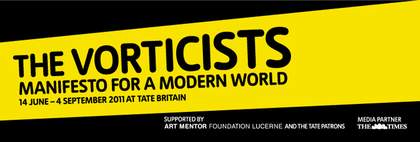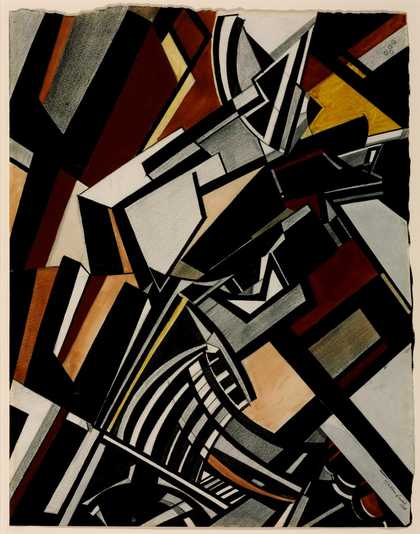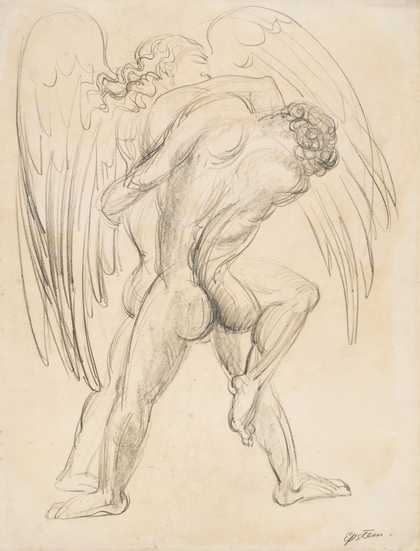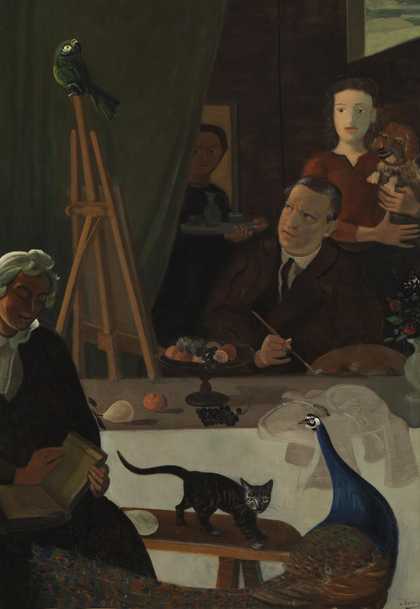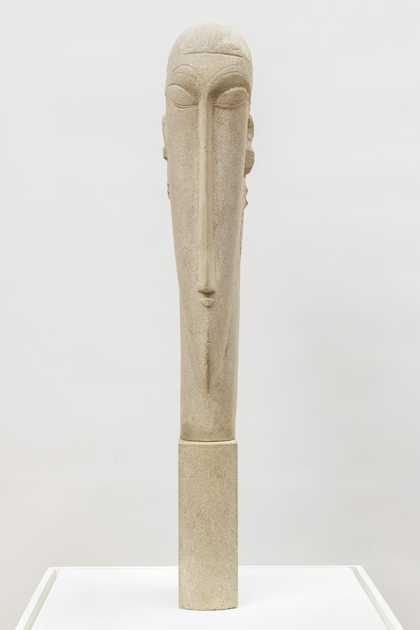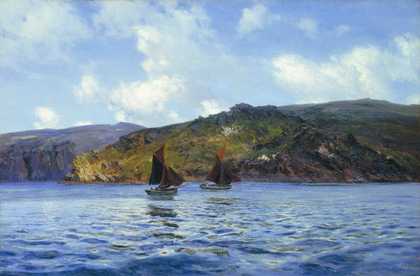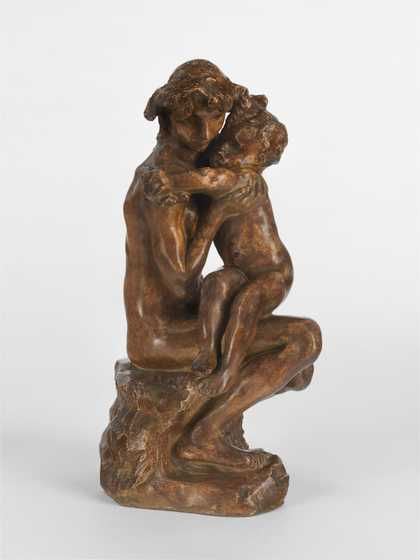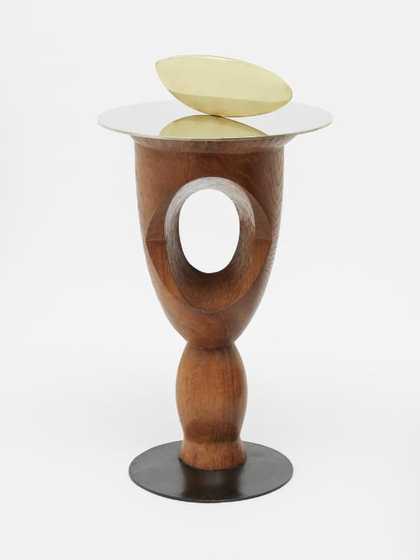The work of Epstein in all its diversity can be studied in this exhibition. True, it has only been possible to borrow a few of his monumental carvings and large bronzes because some are in architectural or other settings from which they could not be removed, and others are in America. It is a measure of Epstein’s stature that an important part of his work is of this monumental nature.
There are several of the smaller carvings, mostly imaginative, inventive works from the Vorticist period; but it is chiefly as a modeller and especially as a portraitist that we see Epstein here in the bronze heads and busts from what can be described as his early, middle and late periods. The dual nature of Epstein’s art is thus clearly defined: he is both the carver in stone and marble, a sculptor of great vitality and integrity, and also the modeller and portraitist with an exceptional psychological insight into the character of his sitter and with great powers of dramatic expression.
‘I am interested in humanity and sculptural form’ he has said ‘and not in the abstract.’
If Epstein inherits the romanticism of the old world (he was born in 1880) he is also of this age for he came upon the scene just as the continental movements of Cubism and Futurism were launched and he subjected himself, if only temporarily, to influences which left their mark. But although he has always shown his sympathy for the work of younger men he has not since 1914 accompanied them in their explorations into the nature of more experimental sculpture but ‘has remained in the European tradition of my early training’ and has allowed his forms to evolve from natural appearances.
Epstein has produced these monumental carvings on and off, usually for his own satisfaction, ever since he received his first major commission in 1907 (that is when he was only twenty-seven) for eighteen over-life-size figures on the British Medical Association’s building in the Strand.
Epstein, no less than Picasso or Derain or Modigliani or Moore, has drawn inspiration from the art of other civilisations in the ethnographical departments of museums here and abroad. This fertilising influence was successfully assimilated in the very important group of smaller carvings which, there is little doubt, will be regarded by posterity as the most significant British sculpture of the century in the years before the First World War. Epstein himself regards them as the result of the influence of primitive art.
These works were done in the period of two years, from 1912 to 1914, during which he concentrated on carving and did not make any portraits. He had met Picasso, Brancusi and Modigliani in Paris: the stimulus of these fresh contacts in Paris was rein forced by his friendship with the philosopher T.E. Hulme and with the members of the Vorticist movement under the leadership of Wyndham Lewis, editor and chief contributor to Blast, the movement’s journal. Two of Epstein’s drawings were reproduced in the first issue but he was not among the signatories of the manifesto which appears in this number.
During this productive and experimental phase he carved the marble Mother and Child and he produced the poignant plaster Cursed be the day wherein I was born in which the influence of Negro sculpture is clearly seen. He also began the not able Venus which is the most ambitious work of this period and sculpturally one of the most satisfying.
With the outbreak of war and the disintegration of the Vorticist movement Epstein turned again to portraiture. Before the war there had been a small number of bronzes which at the distance of nearly half a century assert themselves with ever greater authority. Even if they reflect the sculptor’s admiration for Rodin, they have with their smooth surfaces and the spareness of the forms an emergent personal style, an assurance and a fine sense of design which proclaim themselves in such works as Nan, the first version of Euphemia Lamb and the Irish Girl.
'It takes courage to remain a sculptor’ Epstein once wrote. This exhibition is a triumphant vindication of his own courage in the face of unjustifiable hostility and stupid prejudice.
Philip James

